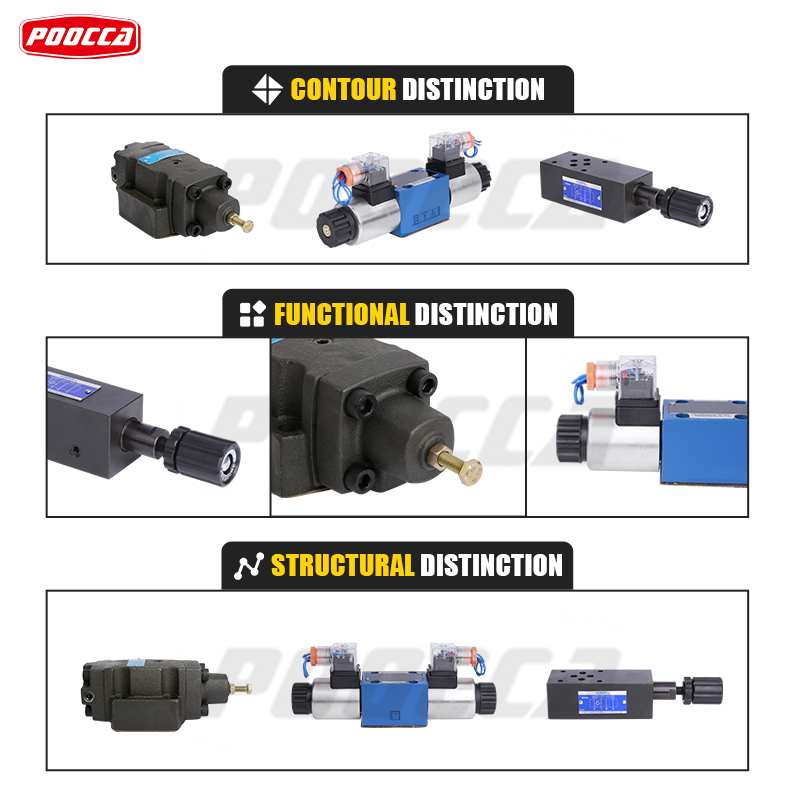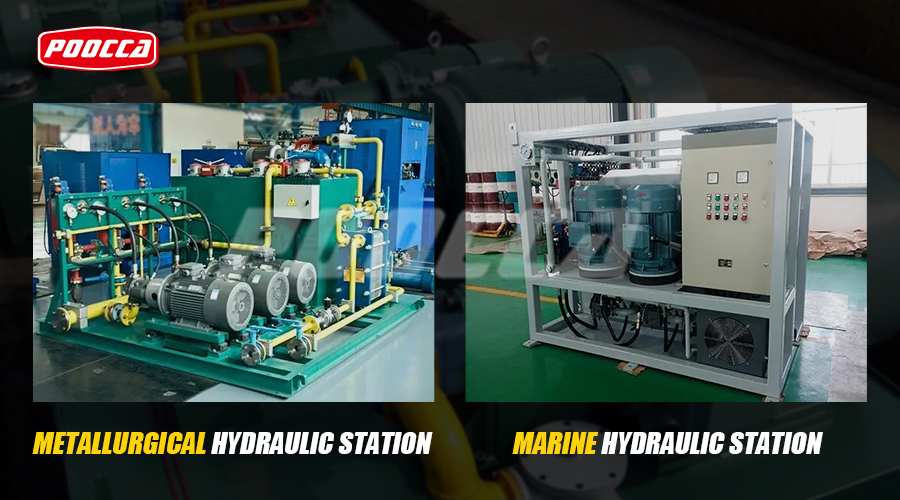In the complex world of hydraulics, identifying and understanding the various hydraulic valves is critical to optimizing system performance. This extensive article is designed to provide professionals and enthusiasts in the hydraulic industry with a comprehensive guide to providing an in-depth understanding of hydraulic valve identification, types, and applications.
A. The key role of hydraulic valves
Hydraulic valves are the gatekeepers of hydraulic systems, regulating fluid flow, directing it to specific components and controlling pressure. They play a key role in ensuring that hydraulic systems operate efficiently and reliably.
B. Identify hydraulic valves
Visual inspection
Labeling: Many hydraulic valves are labeled with symbols or descriptions that indicate their function and type. Paying attention to these labels is the first step in identification.
Color Coding: Some manufacturers use color coding to differentiate between different types of valves. Familiarity with these color codes allows for quick identification.
size and shape
Dimensions: The physical dimensions of a valve can provide clues about its capacity and functionality. Larger valves generally handle higher flows and pressures.
Shape: Different types of valves have unique shapes and configurations. Knowing these can help you identify the valve type.
C.Port arrangements
Inlets and Outlets: Examining the arrangement of inlets and outlets can provide insight into the function of the valve in a hydraulic system.
D. Types of hydraulic valves
Directional control valve
Spool valve: These valves control the direction of fluid flow by moving a cylindrical spool within a housing.
Poppet Valve: A poppet valve uses a poppet (cock) to control the direction of flow.
E. Pressure control valve
Pressure Relief Valve: A pressure relief valve regulates system pressure by diverting excess fluid back to the reservoir.
Sequence Valve: A sequence valve ensures that specific actions occur in sequence by allowing flow when a preset pressure is reached.
F. Flow control valve
Throttle Valves: Throttle valves control flow by restricting the passage of fluid through an orifice.
Check Valve: Check valve only allows one-way flow and prevents backflow.
G.Servo valve
Proportional valve: A proportional valve accurately controls flow or pressure based on an electrical signal.
Servo valves: Servo valves provide high accuracy and fast response for critical applications.
H.Applications and Precautions
Applications for hydraulic valves are wide and varied, from heavy machinery in construction and agriculture to precision control systems in manufacturing and aerospace. Selecting the correct valve for a specific application is critical and depends on factors such as flow, pressure and required control.
I.Conclusion
Identifying and understanding hydraulic valves are essential skills for anyone working with hydraulic systems. This comprehensive guide provides valuable insight into identifying various valve types and their applications. Armed with this knowledge, professionals can make informed decisions about selecting the appropriate valve for a specific hydraulic system, ensuring optimal performance and reliability.
Stay informed about the latest developments in the hydraulic industry by following our updates.
Post time: Oct-11-2023






